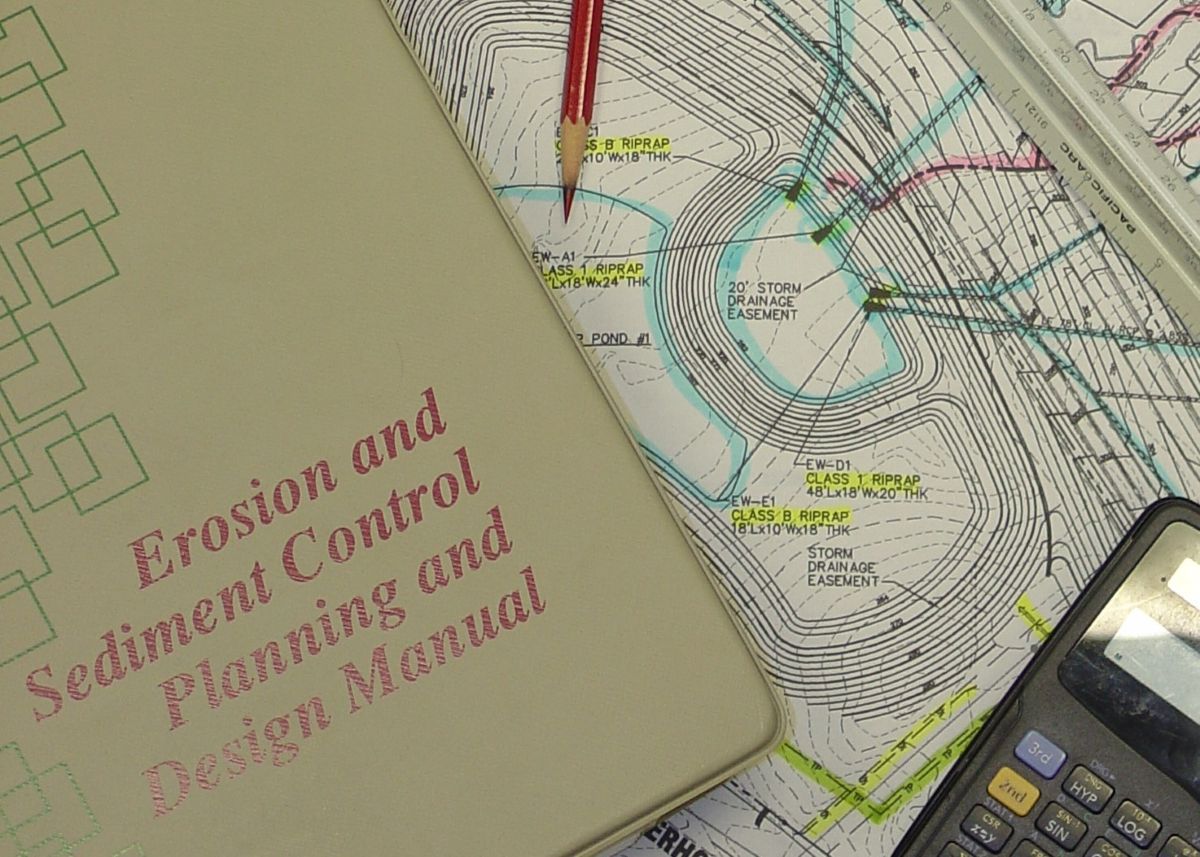
Four critically endangered North Atlantic right whales were spotted last month off the coast of Ocracoke.
The aerial sighting triggered what is known as a dynamic management area in the vicinity where the whales were spotted Nov. 18 during an aerial survey. Dynamic management areas are voluntary and used by the National Oceanic and Atmospheric Administration, or NOAA, to notify vessel operators to slow down to avoid right whales.
Supporter Spotlight
“Maintaining speeds of 10 knots or less can help protect right whales from vessel collisions,” according to NOAA’s website.
Vessel strikes and entanglements in fishing gear remain the leading causes of death and serious injury to North Atlantic right whales, of which there are fewer than 400.
The 2024 population is estimated at 384 individual whales, a slight, 2.1% increase over the 2023 estimate, according to numbers released in October by the North Atlantic Right Whale Consortium.
And while the latest estimate shows a continued slow, upward trend in growth over the last four years, marine scientists caution that strong protective measures are crucial to the recovery of the species.
“The North Atlantic right whale is in such peril that even a single human-caused death threatens the recovery of the species and its chances at avoiding extension,” Michelle Bivins, Oceana Carolinas Field Campaigns representative, said in an interview on Thursday.
Supporter Spotlight
Right whales migrate seasonally, spending their spring and summers in waters off New England and farther north into Canadian waters, to feed and mate.
In the fall, the whales travel south, sometimes more than 1,000 miles, to their calving grounds off shore from the Carolinas to northeastern Florida.
In 2008, NOAA created a speed rule limiting vessels 65 feet or longer to travel no more than 10 knots in seasonal, mandatory and voluntary slow zones.
“I think it’s important though to emphasize that history does show boats smaller than 65 feet can also harm and kill North Atlantic right whales,” Bivins said. “In February 2021, a calf died from propeller wounds, broken ribs, and a fractured skill from a collision with a 54-foot recreational fishing vessel that was not subject to the speed requirement.”
That calf was found off the Florida coast.
In March 2024, a dead calf washed ashore on Georgia’s coast with fatal injuries caused by a boat estimated to be between 35 feet and 57 feet in length, Bivins said.
Earlier this year, NOAA announced its withdrawal of a proposed speed limits for vessels under 65 feet in length through designated North Atlantic right whale seasonal management areas in the northeast, mid-Atlantic, and southeast. The agency “encourages” smaller vessels to 10 knots or less.
In the meantime, scientists are calling for additional measures to aid in the right whale population’s recovery, including the use of ropeless or on-demand fishing gear for crab fishing to reduce whale entanglements.







